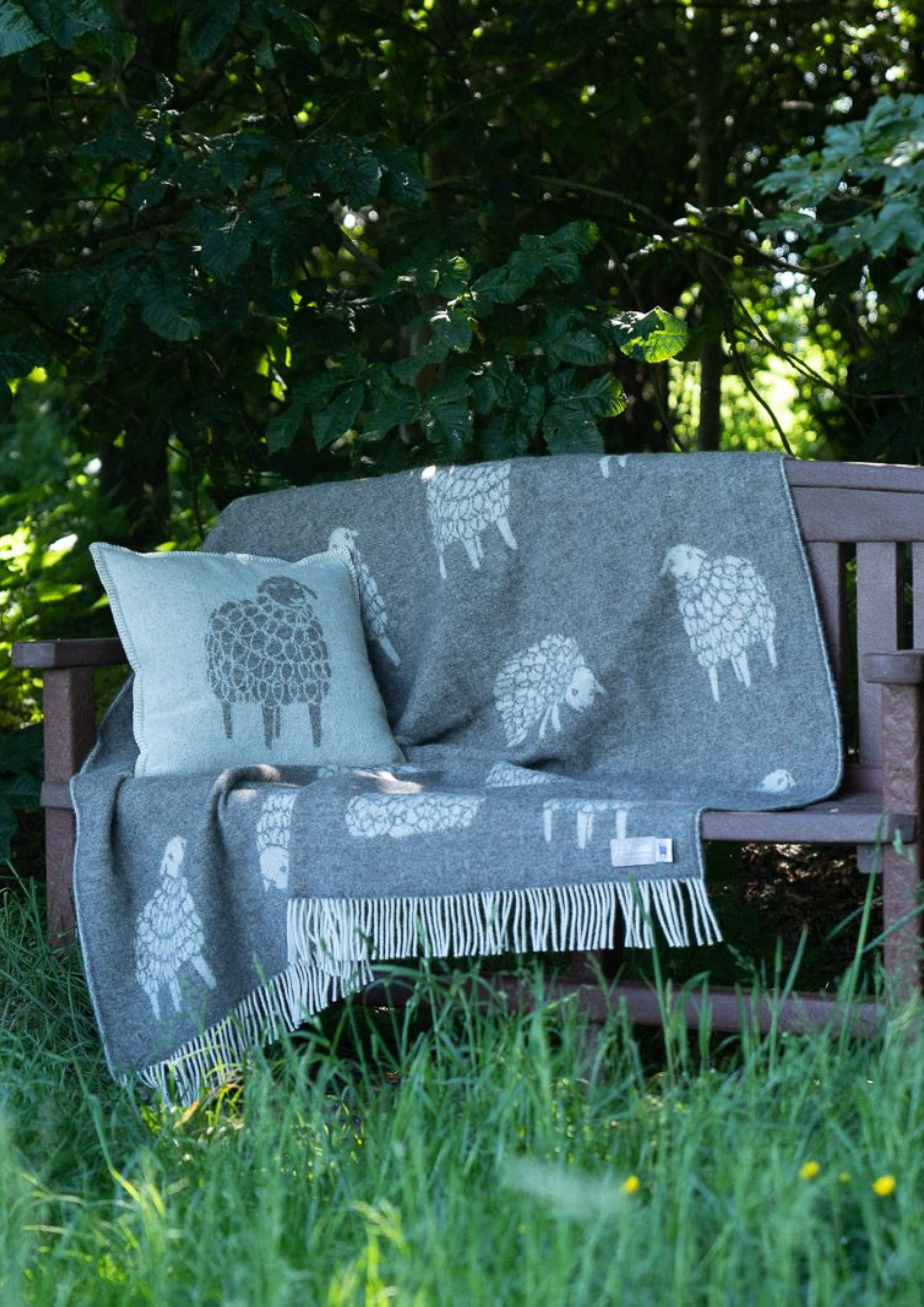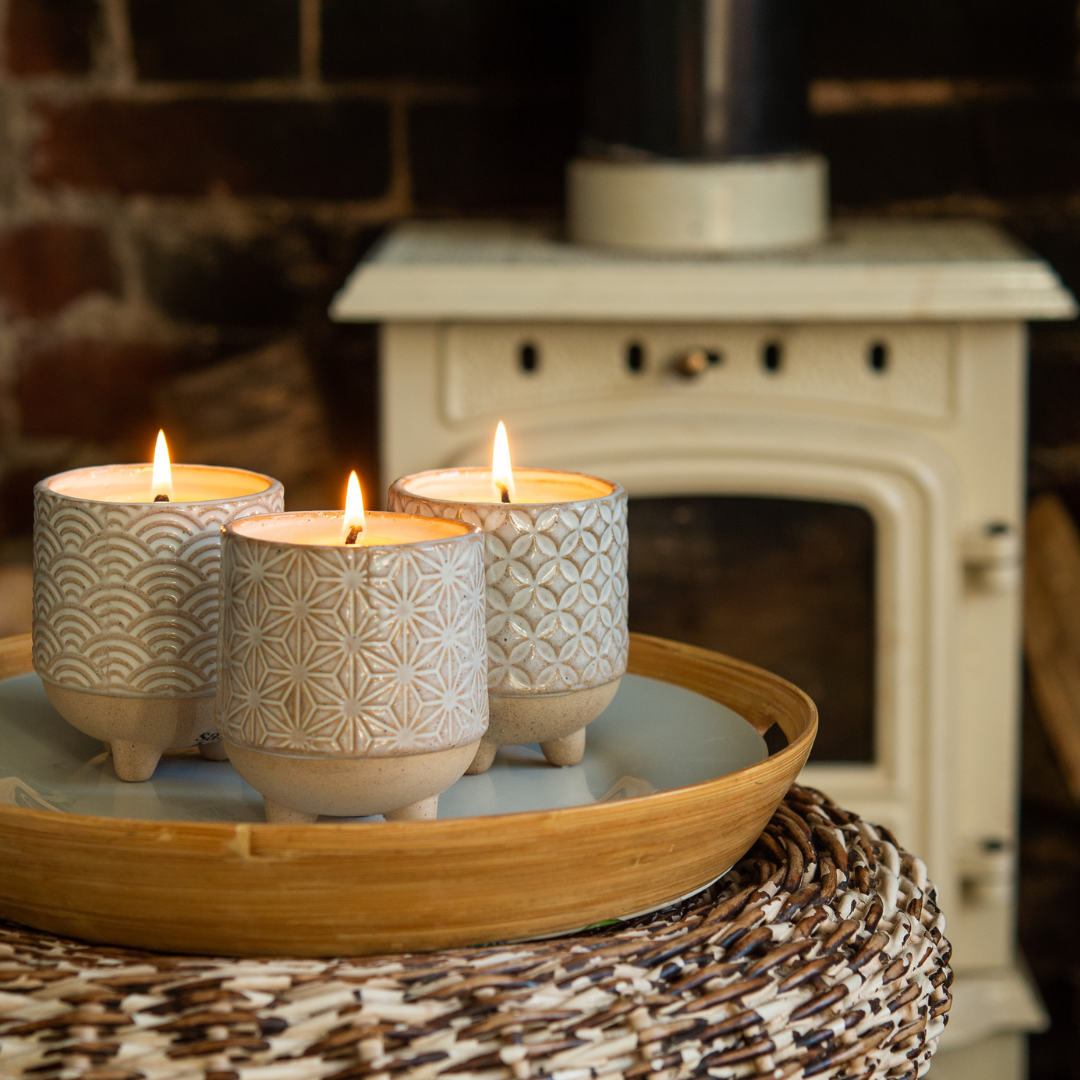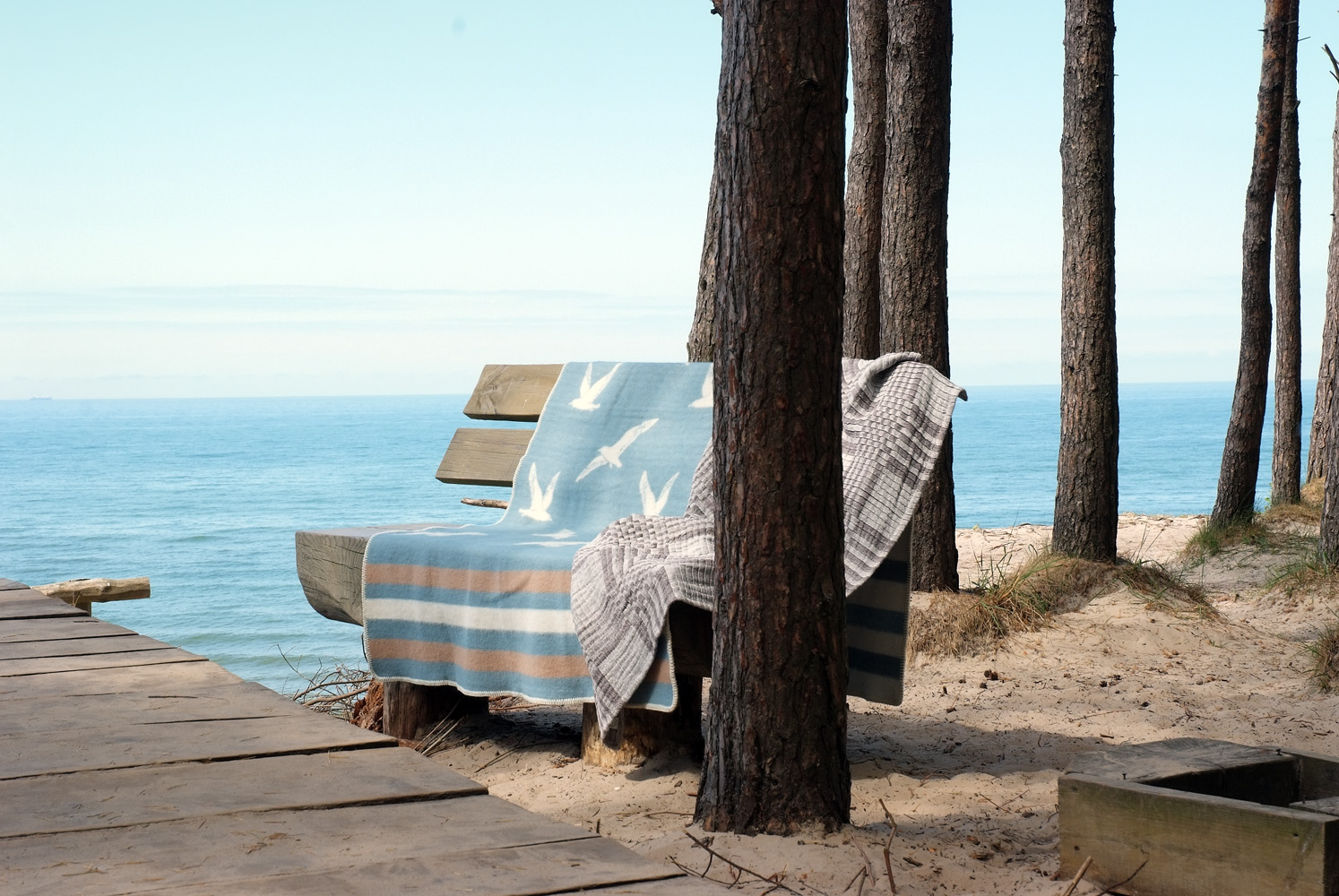How to hygge your home
How to hygge your home
The Scandi concept of cosy comfort and wellbeing
Hygge, the Danish concept of comfort, has been a global phenomenon for some time. However, despite its worldwide popularity it remains something of a mystery to non-Danes. What does the H-word mean exactly, how do you pronounce it even? Is it an interior design trend or a philosophy of life? And how do you incorporate hygge into your home decoration and improvement?
History of hygge
Hygge, pronounced “hoo-gah,” is a concept embedded in Nordic cultures, including Sweden and Norway. The term derives from the old Norse word “hugga” (hugr) meaning to comfort or to console and is related to the English word hug. It made its way into the Danish culture and has evolved over time to mean creating a cosy and inviting atmosphere whether that warmth is cultivated through furnishings in your home or sharing time with friends.
Hygge, can be achieved in the spaces we occupy, even if that’s a tiny top-floor apartment. Or it might be found on a cold, winter evening in a country pub with friends, perched on a bar stool with a blazing log fire in the hearth. At the heart of hygge is the comfort we can bring to each other.
Hygge encourages a slower pace of life and enjoying life’s simple pleasures whether that’s curling up in a comfy chair with a good book on a rainy day or gathering with friends to share mugs of hot chocolate or a glass of wine.
How to hygge your home
Here are a few simple ways to make your home more hygge:-
Choose natural materials.
Bring nature indoors by incorporating natural elements, such as wood flooring, into your home decor. Use blond wood furniture, wicker baskets and green houseplants to infuse your space with a sense of tranquillity and 0rganic beauty. Ikea is a great place to find all things hygge and the products are relatively affordable.
Add cosy textiles
 Soft Grey Sheep Mima Pure Wool Throw. Image supplied by JJ Textile
Soft Grey Sheep Mima Pure Wool Throw. Image supplied by JJ Textile
Thick curtains, such as velvet, create a warm and cosy feeling in a room. Keep them shut at night to add a layer of insulation and open during the day to soak up any sun. Got a couch? Throw on a throw and drape blankets over chairs. Embrace the warmth of textiles to make your home feel comfortable, cosy and inviting. Part of the hygge charm is that’s it’s very tactile. Think thick fluffy rugs, chunky knit cushions and pure wool or, if you can afford it, cashmere throws. Choose natural materials like wool, linen, silk and cotton to add hygge to your home.
Warm lighting

Japandi Candle Trio. Image supplied by ChilliWinter
In Scandinavia daylight is in short supply in the winter months. When darkness falls, people use candles and lamps to bring comfort and intimacy to those early evenings. Our Nordic neighbours are reckoned to burn more candles than anyone else in Europe – a staggering six kilos of candles a year, each. Invest in lots of candles from scattered tealights to elegant long candles for dinner parties.
Experiment with table lamps by placing them on side tables, bookshelves or a low stool. Avoid harsh overhead lighting by swapping your usual lightbulbs for LED dimmable ones. Pendant lamp shades that can add a warm, welcoming feel to your home, especially made from rattan, a natural, renewable material.
Enjoy the cosiness created
To really maximise the hygge, add warm rugs to your space. Use different ones to add colour and pattern to your wooden floor and minimise cold drafts in the process. Creating a space for loved ones to gather and enjoy a meal and conversation together is totally hygge. Or you might prefer to be snuggled in a blanket in a reading nook, accompanied by a good book and a hot cup of cocoa. Also, hygge.
A neutral colour scheme
Typical Scandi style combines contemporary blond wood furniture with a soft, cosy colour palette. Keeping your walls neutral will let you focus on favourite artwork and bring in subtle hints of colour through objects rather than bold statement walls. “Make way for lots of natural light and splashes of gentle, harmonious shades,” recommends paint supplier Dulux. Remember neutral doesn’t have to mean boring. There are lots of warm colours what would work well in a hygge rooms, such as pale blues teamed with white and earthy shades to create an understated and calm scheme.
Keep it simple

Seagull blanket. Image supplied by JJ Textile
Hygge encourages us to enjoy life’s little pleasures. So don’t overdo it. It’s all about minimalism. The key to creating a relaxing space is to keep it simple and free of clutter. When you have too much stuff in a room it can be hard to totally relax and slow down. Have a big clear out. Donate any unwanted items to charity. Part of creating a comforting space is surrounding yourself with treasured items that you really love whether that’s favourite pieces of pottery or framed family photos.
Human-centred design
Think small when you’re looking at the layout of a room. Use a couple of chairs to create ‘zones’ in your room for intimate chats. Pile on the cushions and throws for added comfort – and don’t forget a cosy rug and soft lighting. For book lovers, create a snug reading corner, ideally in a window seat with a view of your garden.
The great thing about hygge is there are no hard and fast rules. Feeling cosy and enjoying the moment can be experienced in all sorts of different ways.
